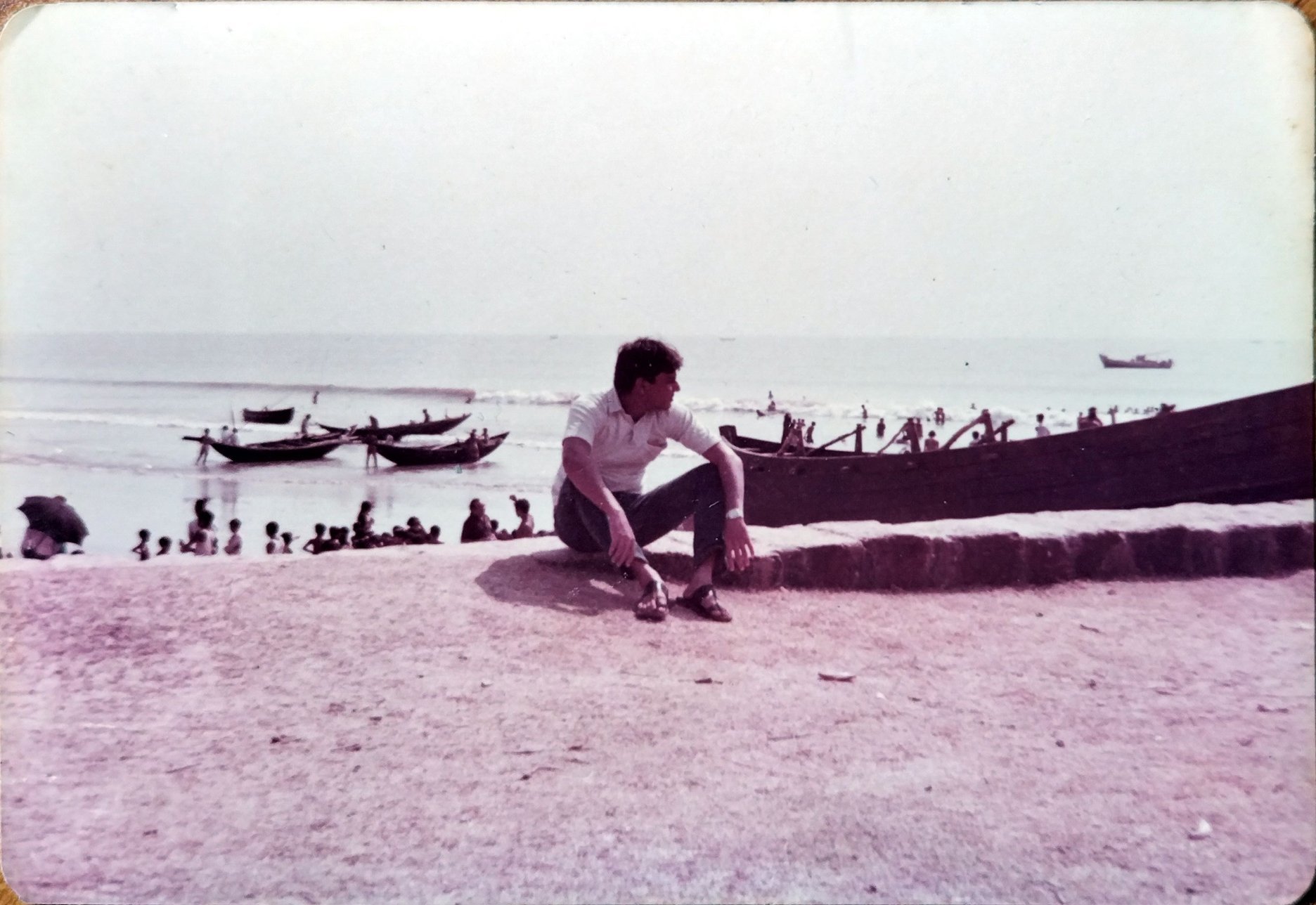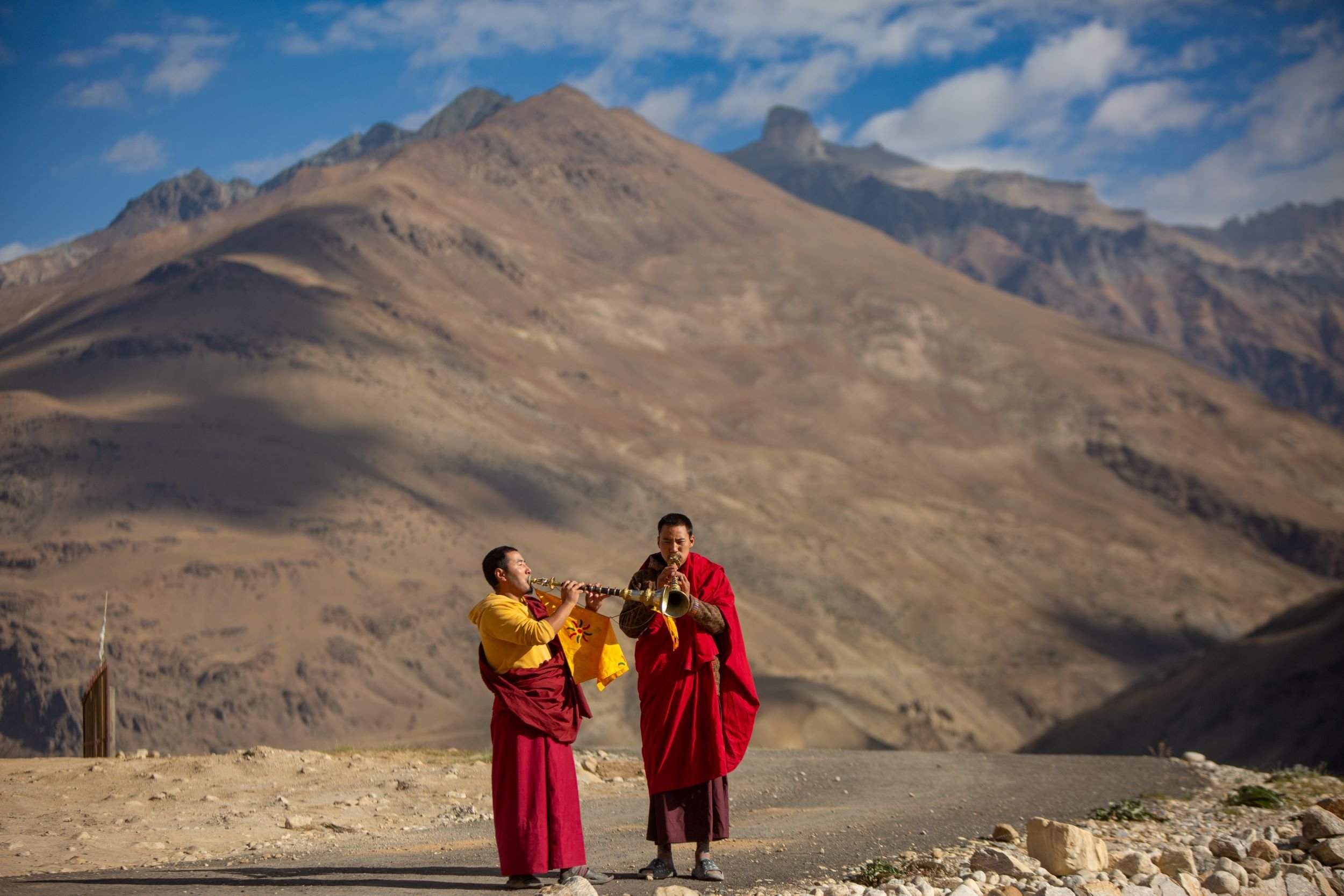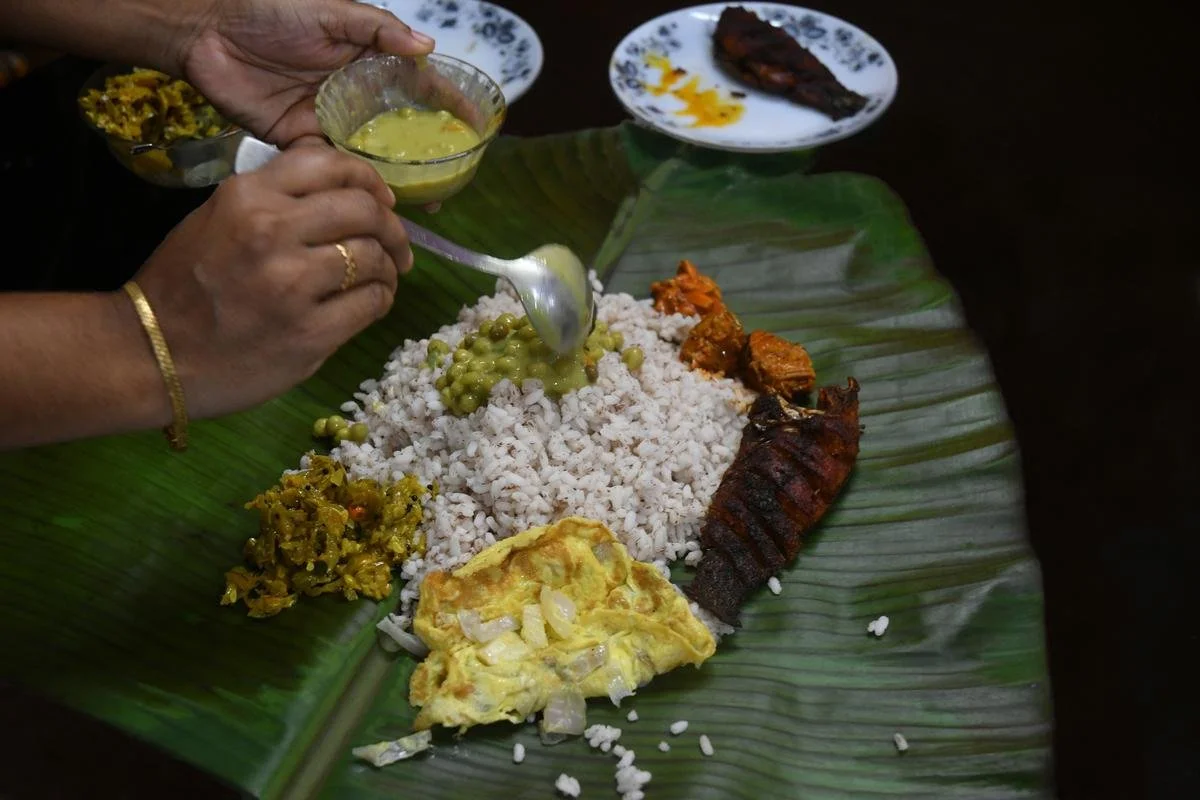The Origins of Almora's Legendary Baal Mithai

Bal Mithai reigns supreme as Uttarakhand's iconic dessert, inseparable from the region’s rich culinary heritage. It is made with khoya, ghee and sugar, cooked over a low, long fire, transforming into a chocolate-coloured sticky, fudge that represents the heart of Kumaoni culture. Ashish Verma explores the history of baal mithai and its origin story, in the hill town of Almora.
Local folk lore has it that during World War II, baal mithai was carried by soldiers from Kumaon fighting in Burma. The sweet became so beloved, and advertisements boasted, ‘humari shakha Burma mein mein bhee’ (we have branches in Burma too).
Interestingly, the baal mithai of Almora was unheard of until the first quarter of the 20th century. The origins of baal mithai goes back to the story of Almora.
Almora was the headquarters of the Kumaon Commissioners, from 1857, when the British crown assumed direct control over the province. It was the culture capital of Kumaon and a gateway to the more remote hinterland. It took almost two days to reach the railhead at Kath Godam by motorised buses that plied on the old cart road via Kosi, Ranikhet, Garam Pani, Bhowali and Jeolikot. The population was largely high caste brahmins of lawyers, teachers, middle administrators, and junior engineers. The villagers from Bageshwar, Gangoli Haat, Pithoragarh and beyond would walk on foot for six or seven days.
There were few sweet shops at the time, catering to an orthodox clientele — sweets were made with condensed milk like kalalkand or singorhi, wrapped in a cone made with wild fig leaves. Durga Halwai had a shop in Lala Bazaar and was renowned for his gulab ki mithai — a thin sheet of melted sugar sprinkled with black peppercorns and rose petals. For the masses, gudh (jaggery) and misri (candied unrefined sugar) were the only sweets within reach. The large number of soldiers recruited in the British Indian Army during the First Great War carried bhelis of gudh and maybe half a seer of misri to distribute at home.
Then came Joga Lal Sahji, with baal mithai — an irresistible seduction from day one. Some believe that baal mithai originated in Nepal, but many families in Almora will devoutly tell you that it was Shah’s shop in Almora that created the sweet. Made with burnt khoya, this confection is the colour of chocolate with a soft texture of fudge. It was expensive but it had a long shelf life.
Ashish Verma making baal mithai at Nandastone in Uttarakhand. Photos credit: Pranav SP
Perhaps Sahji had tasted a jale khoa ka peda from Bhind-Muraina during his travels in the plains, or he simply had a eureka moment gazing at the snow capped mountains stretching ahead. He shaped the slow-cooked khoya into small rectangular tubes and covered them with poppy seeds. No one disputes the family’s claim to invention.
Khim Singh and Mohan Singh (Rautela brothers) were two skilled workers employed by Sahji who parted company and set up a small shop near the KMOU Bus Station on the Mall Road. They had the skills, worked hard and didn’t compromise on the quality of granular khoya sourced from a village near Lodi. The business flourished; passengers boarding or alighting from the buses rushed for a box or two the city’s famous baal mithai.
Soon, the centre for baal mithai shifted to Lodhia. Dozens of baal mithai shops mushroomed, each claiming ‘purity and quality’. The demand far exceeded supply and many started importing khoya from the plains (often adulterated). Other places started making ‘Almora ki baal mithai’. The formation of Uttarakhand lent it an iconic status — it was called mulk mewa. The poppy seeds have now given way to sugar globules (most widely seen in homoeopathic medicine), perhaps in a bid to cut costs.
Connoisseurs will remind you of the suppleness of traditional baal mithai and the flavour of caramelised sugar. Young diasporic Uttarakhandis don’t have the same nostalgic attachment to the baal mithai of their parents or grandparents, but, a search for cultural roots is reviving interest in the region’s signature mithai.
RECIPE FOR BAAL MITHAI
Ingredients
2 tbsp ghee
2 kg khoya
300 gm sugar
200 gm sugar + a litre of water (for sugar syrup)
Method
Heat ghee in a kadai and add khoya. Stir continuously over medium heat until it turns uniformly brown, about 30 minutes.
In a separate pan, boil water and sugar until the sugar dissolves completely. Remove from heat.
Once the khoya achieves a deep brown colour, add sugar and continue cooking, stirring consistently. Cook until the sugar dissolves completely.
Gradually add the sugar syrup, stirring until thoroughly blended with the khoya. Cook for an additional 5-8 minutes. To check readiness, spoon a portion onto a plate; if it sets firmly upon cooling and doesn't stick, it's ready.
Grease a metal tray and pour the browned khoya onto it. Spread evenly and allow to cool. Once cooled, cut into small pieces and roll each piece in sugar.
Ashish Verma is a host, a mountaineer and owner of The Nandastone homestay, who loves to walk the mountains talk, document and revive cultures of the Himalayas through foods.
ALSO ON GOYA






















